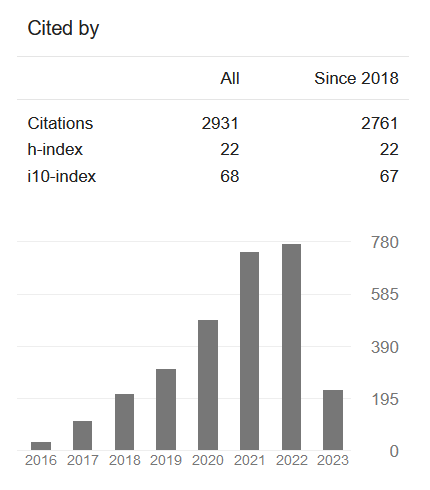Aquaponics Pilot System: Case Study( Vol-5,Issue-8,August 2019 ) |
|
Author(s): Stefan Buchdid Cardoso, Pedro Paulo Teles Bianchini, João Alberto Farinelli Pantaleão, Vitor Miranda Pereira, Mônica Hitomi Okura |
|
Keywords: |
|
|
Aquaculture, Hydroponics, Low water consumption, Sustainability, Xanthosoma sagittifolium. |
|
Abstract: |
|
|
The aquaponics term derives from the words aquaculture and hydroponics, which by definition, has the meaning of aquatics organisms culture and plant breeding techniques without soil, respectively. This activity has how the main feature the sustainability, once the modality looks for the production with low water consumption and high exploitation of waste generated. The present study had as objective to describe the construction of the aquaponics pilot system. This way, based on the literature and acquired experience during the work, a step-by-step method was established for the assembly of the system. To verify the process efficiency, were analyzed the presence of total and thermotolerants coliforms, counting of facultative mesophiles and quantification of micro and macronutrients in leaves and roots of Xanthosoma sagittifolium. There was no presence of total and thermotolerants coliforms in leaves and roots of X. sagittifolium. In the count of facultative mesophiles the roots presented 6x104 CFU/g and the leaves 1.7x102 CFU/g. In the foliar analysis, 1430mg/kg of Fe was observed in the roots. It was concluded that the pilot project was successfully built and testing can be continued with new plants. |
|
Cite This Article: |
|
| Show All (MLA | APA | Chicago | Harvard | IEEE | Bibtex) | |
Share: |
|

 DOI:
DOI: 



























